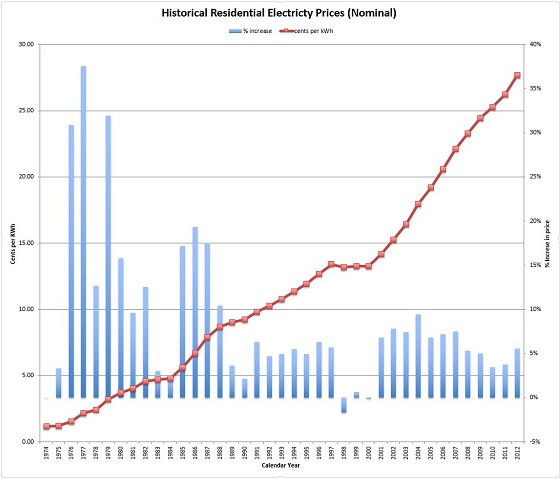Here is the info that Vector sent me about selling power back onto the grid
Selling back your surplus electricity
If you generate more electricity than you can use or store in your battery this power can be exported back into the local grid, possibly earning you a credit with your energy retailer. Not all retailers purchase excess electricity so we recommend you contact your energy retailer to confirm whether they are willing to purchase any excess solar energy and what their rates are for doing so. To assist you, we have collated the buy back rates inc GST for the four largest electricity retailer companies. If your retailer is not listed below, please contact them to discuss directly. Please note, if you choose to go with Contact, you will need to manually invoice them for your surplus electricity. Once you choose a retailer you will need to organise the installation of a two-way meter (capable of measuring energy import and export) with them.
Variations throughout the year
Note that the amount of solar electricity (and the resulting credit you could receive) will vary significantly throughout the year depending on several factors. For instance, more steeply pitched roofs produce more in the winter but less in the summer. While the amount of sunshine creates the largest variances for solar production, seasonal weather patterns also play a large role. Under the standard conditions of a shade-free, north facing roof and a pitch between 20 and 35 degrees, the panels of 3kW system will produce, on average, up to 12 kWh of electricity per day which is provided directly into the home to supply household energy needs. The actual amount of energy produced by the system will vary daily with the weather, location, installation specifics, losses inherent in converting electricity and the time of the year. As a result, a solar system will typically produce significantly more energy during the summer months when the sun is directly overhead and less in the winter. Under the standard conditions noted above, the 3kW system is expected to generate up to 16kW of electricity per day in the height of summer and a low of 7kW of electricity per day in mid-winter on average. In addition, your usage will vary throughout the year which will affect the amount you have as surplus.
Ouranos wondered about Vector turning your batteries on at any time. I dug through the contract I signed and there is a section on electron ownership. It says Surplus electricity that cannot be stored or used at the time of generation inside the Customer's home may be exported from the Customer's Property. so I read that as Vector wanting the batteries to be charging at low network use times and being used when there is a peak in demand.
In terms of is it worth it? I would hope to break even money-wise but even if I don't it has all those intangibles going for it: good for the environment, wow factor, power during power cuts (we seem to get one at least every fortnight)
I would be keen for anyone with solar panels currently who has been keeping track of their stats/preformance to post them so we can get some real world numbers to look at - even if every house and panel is going to be slightly different



